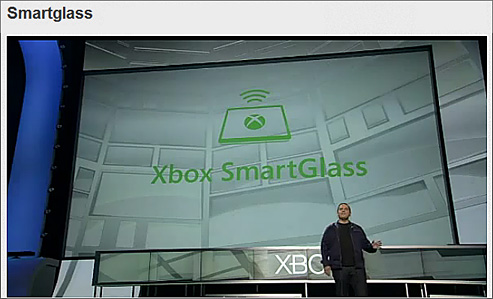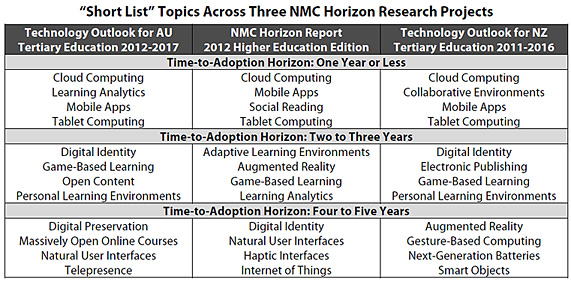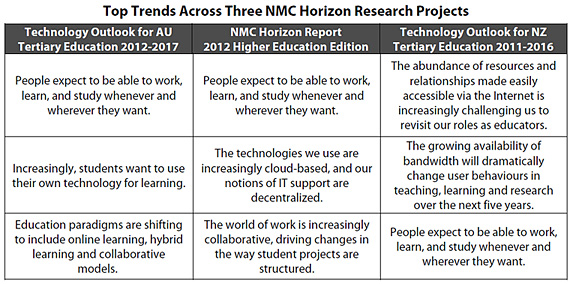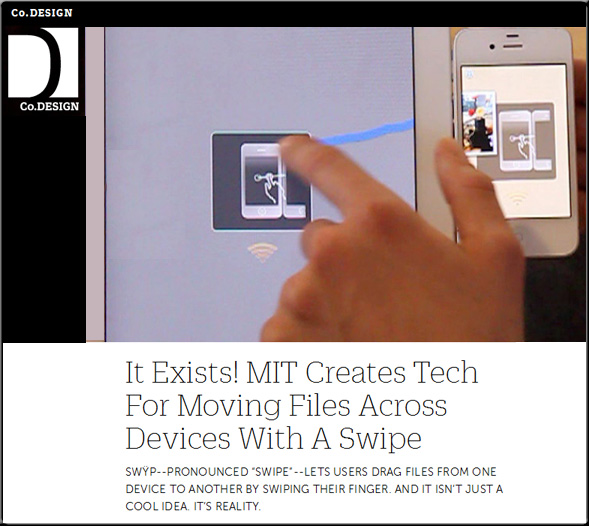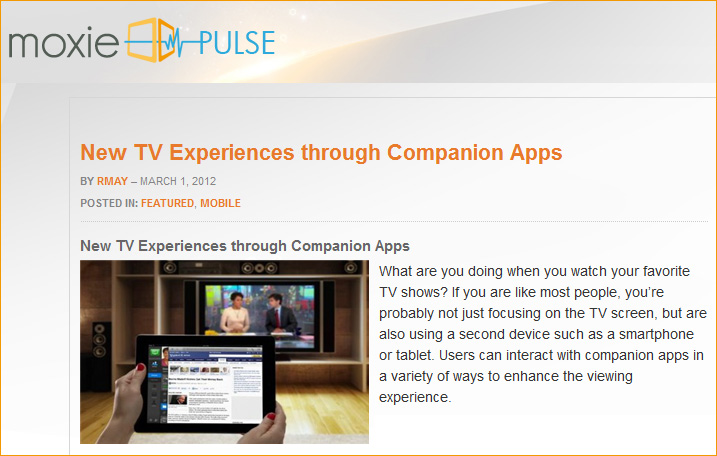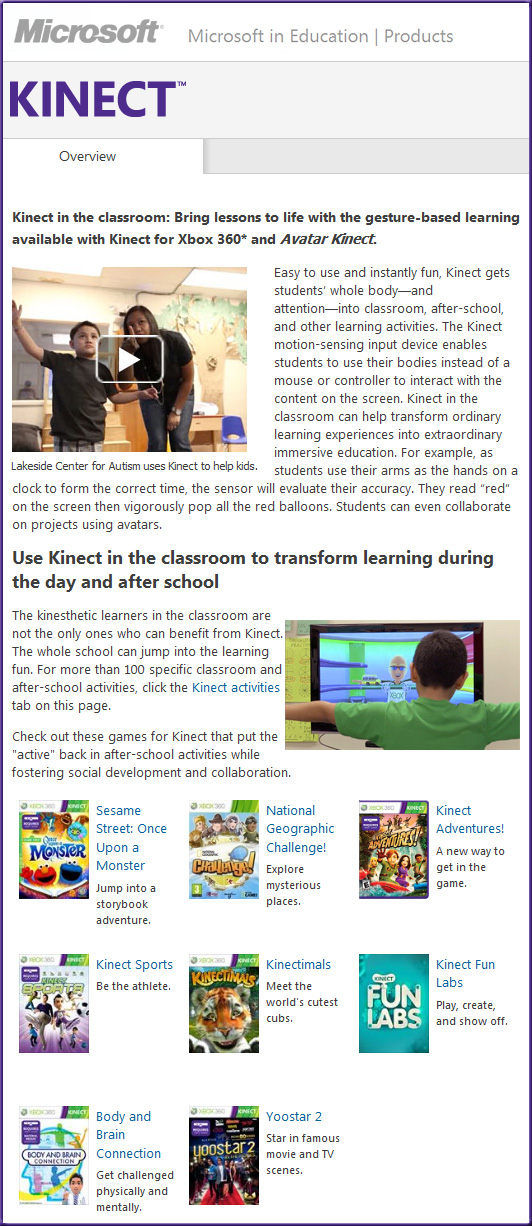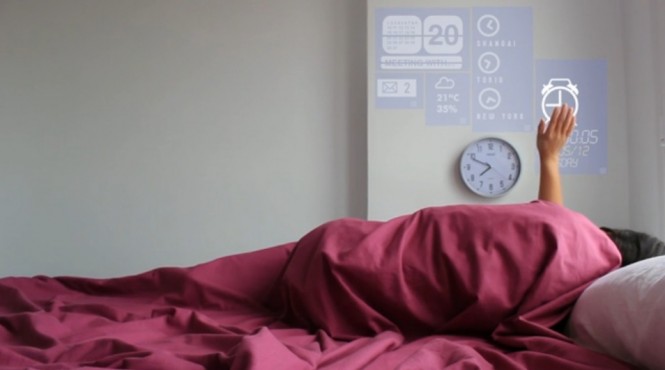A look into the not so distant future with OS X iOS — from applenapps.com
Excerpt:
Apple’s release of the Mountain Lion developer preview combined with the momentum of iOS indicates one clear path for Apple’s OS future. The path is combining the two for one consistent OS across all of Apple products. It’s unclear how long it will take for the merger to happen, but it definitely is coming down the line. OS X 10.8, Mountain Lion continues the Lion update path with many features from iOS moving over to the Mac. The iPhone, iPad, and iPod touch continue to be Apple’s top selling devices, and all of them are running iOS.
Apple’s iCloud is no Dropbox killer (it’s much more) — from TechCrunch.com by Sarah Perez
Excerpt:
Apple is more deeply integrating its iCloud service into the operating system itself. No longer will storing your documents in the cloud feel like an extra, value-added feature – it will feel like part of the OS itself. The cloud is just another drive, Apple seems to say, and saving to the cloud should look and feel no different than saving to your Documents folder or your Desktop.
Apple OS X Mountain Lion: Top 15 New Features — from Mashable.com by Peter Pachal
Apple bringing Macs to the living room with AirPlay for Mountain Lion — from AppleInsider.com by Neil Hughes
Excerpt:
Apple plans to break down the barriers between the Mac and HDTVs with its forthcoming OS X 10.8 Mountain Lion operating system update, which will bring the AirPlay Mirroring feature currently found on iOS to the Mac.
OS X Messages: This is the future of IM — from Gizmodo.com
With Mountain Lion, OS X prowls closer to iOS — from techcrunch.com by Erick Schonfeld
Excerpt:
A number of the new features in OS X come directly from iOS. These include deeper iCloud integration, Messages, Reminders, Notes, a Notification Center, a Game Center, AirPlay, and built-in sharing to Twitter, email, and more.
Transcript: Apple CEO Tim Cook at Goldman Sachs — from CNNMoney.com
Apple’s Tim Cook Details New Mac OS Features — from Wall Street Journal by Jessica Vascellaro









